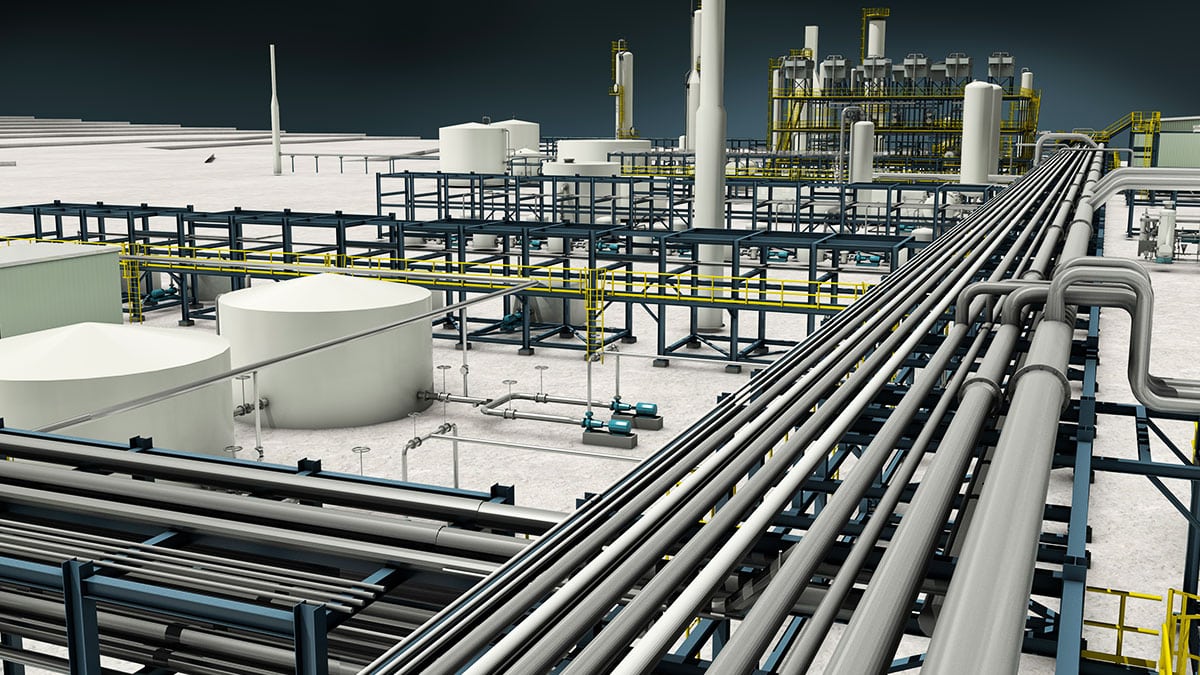Process piping is a form of pipework used to transport materials involved in industrial processes and manufacturing. In most cases, it’s specially designed for particular applications, to ensure that it will meet health and safety standards, in addition to suiting the needs of a given manufacturing process. Process piping can be installed by plumbers, as well as contractors who specialize in installing factory components, and like other fixed elements of a manufacturing facility, it’s subject to inspection and approval by government regulators.
This type of piping can be used in a wide variety of ways. In food manufacturing, for example, process piping can be used to transport food ingredients to various points on the assembly line. Chemical manufacturing facilities use this type of piping to transport components of their products. Refineries and similar facilities also utilize process piping to move chemical compounds.
Choosing the right material
Many different materials can be used to make process piping. An important consideration for professionals with Process Piping Training and Engineering Training is the types of materials that will be transported, as there may be special needs like inert glass or ceramic piping, corrosion-resistant stainless steel that can be sterilized in a food manufacturing facility or inexpensive plastics for transporting materials like water. The designer of the piping also has to consider issues like the amount of pressure the piping will be subjected to and the width of the piping when selecting an appropriate construction material.
Adapting Piping Design for Pressure Requirements
The pressure within piping systems can cause vibrations to occur within the pipe, disturbing fluid flow and potentially leading to fluid leakage. One of the leading challenges for engineers is balancing the need for performance with the importance of protecting against system instability. Slight changes in flow can have damaging effects on the piping structure.
Weather and Temperature Conditions
Changes in temperature can quickly affect the performance of piping systems. Installation teams must take into consideration the placement of venting structures and air inlets to ensure that all areas are protected against outside heat or moisture intrusion.
Venting of Hazardous Chemicals
The venting of hazardous fluids and gases requires additional venting safeguards to be put in place. As part of this consideration, installation teams must review their designs to ensure such hazardous materials are not vented into workspaces or maintenance shafts where workers might be located.
As you can see, there is a broad range of complexities involved in professionally installing piping systems. At the time that a facility is designed, process piping is laid out in schematic diagrams or computer-aided design (CAD) programs by a professional with CAD training, to lay out piping and print schematics. This allows problems to be foreseen in advance, and adjustments to be made more easily. In addition to being used as guides during construction, the schematics can also be used in the future, when professional maintain piping to address problems that have arisen, or respond to emergency situations.



